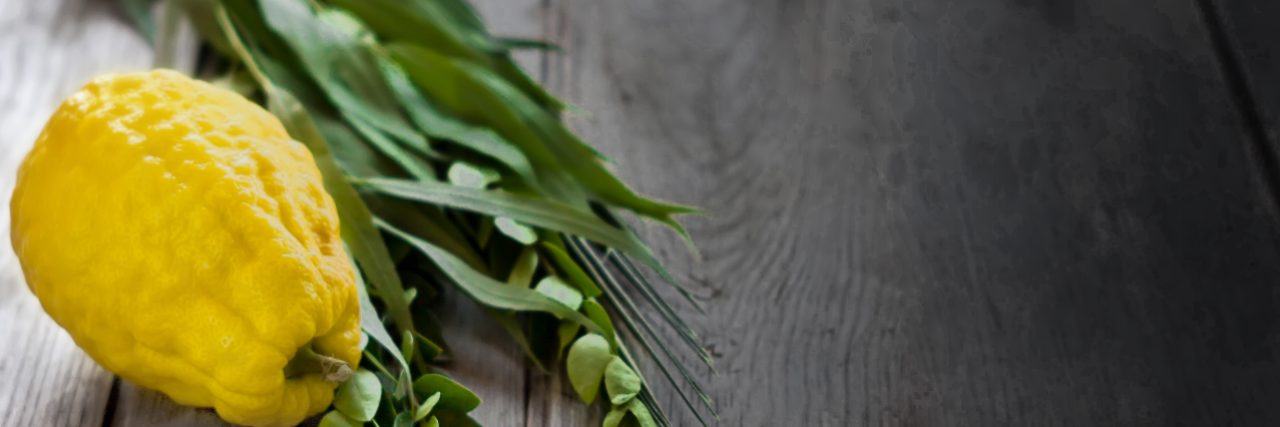September 20, 2021
You may have noticed that some Jews have been hard at work over the past few days building little huts in their backyards, terraces, and balconies. Those huts are called “Sukkot,” and during the Jewish holiday of Sukkot, it is traditional to eat and, for some, to sleep in a Sukkah for seven days. Sukkot is one of the three major festivals in Judaism, and is both an agricultural festival of thanksgiving and a commemoration of the forty-year period during which the children of Israel wandered in the desert after leaving slavery in Egypt, living in temporary shelters as they traveled.
TAKE THE QUIZ: How much do you really know about Yom Kippur and the High Holidays?
Sukkot is known as “the Time of our Happiness.”
We move from the introspective and solemn mindset of the High Holidays to unbridled joy, which may seem a bit strange since on Sukkot, we are asked to leave the material comfort of our homes, and build a structure that is imperfect, temporary and open to the elements. But the sukkah’s reminder that our existence is fragile helps us to treasure the joyous moments of life, and its outdoor location helps us focus on the beauty of the world in which we live. Indeed, the Sukkah has no roof - but instead is covered with schach, greenery or bamboo, so that we can see the stars when we look up at night. And, the sukkah is a gathering place, a place where it is traditional to welcome guests and enjoy spending time together. You might also see some Jews walking in the street during Sukkot carrying an interesting collection of plants. These are the Arba’at Haminim, or the Four Species. We are commanded to take these four plants and use them to “rejoice before God.”
The lulav is made up of three of these plants - a long, swordlike palm branch flanked by willow and myrtle branches and bound together with dried palm leaves. The fourth of the species is the fragrant etrog, which is a citrus fruit and looks like a bumpy lemon.
With the Four Species in hand, one recites a blessing and waves or shakes the species in all six directions (east, south, west, north, up and down) each day of the Sukkot holiday, thus symbolizing Divine presence everywhere. On a metaphorical level, each plant represents a different part of the body. The long straight palm branch suggests the spine while the myrtle leaf symbolizes the eye. The willow leaf embodies the mouth, and the etrog manifests the heart. As we shake the lulav and etrog, we remember to use all the parts of our body for good.
We at AJC wish you a chag sameach – a happy holiday! May your Sukkot holiday be one of joy, togetherness, and peace!



